Have you ever wondered how the lighting in your baby’s nursery could impact their sleep and overall well-being? Choosing a nursery light that provides the perfect ambiance is crucial for your child’s comfort and safety. Many parents underestimate the importance of this decision, often relying on aesthetics alone without considering the broader implications. Harsh lighting can overstimulate a baby, making it difficult to relax and fall asleep.
The right nursery lighting can foster a sense of security, improve sleep patterns, and even aid in your child’s cognitive development. Choosing appropriate fixtures and bulbs ensures your child feels comfortable and safe in their space. This guide will cover key aspects such as safety features, optimal light placement, and the benefits of smart lighting solutions.
In this article, we will delve into various types of nursery lights, from ceiling lights to night lights, and offer practical advice on selecting the best options for your child’s room. We’ll also explore eco-friendly lighting choices and tips for maintaining your fixtures. Continue reading to discover how to transform your nursery into a haven of comfort and security, ensuring your child gets the best start in life.
Understanding Nursery Lighting Basics
The Role of Lighting in a Child’s Development
Lighting is fundamental in creating an environment that nurtures and supports your child’s growth. Proper lighting can regulate circadian rhythms, affecting sleep patterns and overall well-being. It also promotes a sense of security and comfort, which is crucial for a young child.
Children’s eyes are more sensitive to light than adults, so the type of lighting used can have a significant impact. Natural light exposure during the day helps regulate melatonin production, promoting better sleep at night. Conversely, exposure to artificial light, especially blue light from screens, can interfere with sleep patterns. Therefore, balancing natural and artificial lighting is essential for maintaining healthy circadian rhythms.
How Lighting Affects Mood and Sleep Patterns
The type and intensity of lighting can significantly impact your child’s mood and sleep. Soft, warm lights are ideal for bedtime, creating a relaxed and peaceful atmosphere. Conversely, overly bright lights can lead to overstimulation, making it harder for your child to settle down.
Studies have shown that exposure to bright light before bedtime can delay sleep onset, reduce sleep quality, and disrupt the sleep-wake cycle. This is because bright light suppresses melatonin production, which signals the body it’s time to sleep. In contrast, dim lighting in the evening helps prepare the body for sleep by allowing melatonin levels to rise.
The Impact of Light on a Child’s Development
Why Lighting Matters in a Nursery
Lighting in a nursery should create a safe, comfortable, and nurturing environment. It is essential for activities such as playing, reading, and sleeping. Proper lighting can stimulate your child’s senses and support their cognitive development.
A well-lit nursery can enhance visibility, making it easier for your child to explore their surroundings and engage in various activities safely. For instance, bright lighting during playtime can help your child see their toys and play area more clearly, promoting physical activity and fine motor skills development. Similarly, adequate lighting during reading sessions can prevent eye strain and encourage a love for books and learning.
Creating a Safe and Comfortable Environment
Safety is paramount in nursery lighting. Use cool fixtures to the touch and avoid exposed bulbs to prevent burns. Ensure that all cords and outlets are child-proofed to prevent accidents.
When selecting lighting fixtures for your nursery, prioritize those with safety features designed for use around children. For instance, choose lamps with sturdy bases to prevent tipping and fixtures with shatterproof covers to avoid accidents. Wall-mounted lights and ceiling fixtures are often safer options than floor lamps or table lamps, as they are out of reach of curious little hands.
Proper installation and maintenance of lighting fixtures are also crucial for safety. Ensure all lights are securely mounted, and cords are neatly tucked away or covered to prevent tripping hazards. Use child-safe outlet covers to block unused outlets and avoid overloading electrical circuits, which can cause overheating and fire risks.
Types of Nursery Lights
Overhead Ceiling Lights
Overhead ceiling lights provide general illumination, ensuring the entire room is well-lit. Choose fixtures with multiple bulbs for larger spaces, and consider using dimmable lights to adjust the brightness as needed.
Soft and Gentle Night Lights
Night lights are essential for creating a calming environment for your child. Opt for lights that emit a soft glow, enough to provide visibility without disturbing sleep. Night lights should be placed strategically to avoid direct light into the sleeping area.
Versatile Wall Lights
Wall lights can add a decorative touch while providing functional lighting. Place them at a height that is out of reach of small children. Dimmable options allow you to adjust the light intensity based on the time of day and activity.
Functional Table Lamps
Table lamps are perfect for focused lighting, such as reading or nursing. Ensure that they are stable and placed out of reach of curious hands. Look for lamps with shades to diffuse light and reduce glare.
Floor Lamps
Floor lamps can add versatility to your lighting scheme. However, they should be securely installed to prevent tipping. Choose designs that complement the nursery decor and consider models with adjustable heads for directed light.
Choosing the Right Bulbs
LED Bulbs: Energy-Efficient and Long-Lasting
LED bulbs are an excellent choice for nurseries due to their energy efficiency and longevity. They produce minimal heat, reducing the risk of burns, and are available in various color temperatures.
Incandescent Bulbs: Pros and Cons
While incandescent bulbs provide a warm, soft light, they are less energy-efficient and generate more heat. They require frequent replacements and are not as environmentally friendly as LED bulbs.
Halogen Bulbs: Brightness and Safety
Halogen bulbs offer bright, white light, but they get very hot and are not recommended for nurseries. They can be a fire hazard and should be avoided in areas accessible to children.
CFL Bulbs: Environmental Impact and Usage
Compact fluorescent lamps (CFLs) are more energy-efficient than incandescent bulbs but contain small amounts of mercury. They are best used in fixtures children cannot reach and should be disposed of properly to avoid environmental contamination.
Key Features to Look for in Nursery Lights
Safety First: Essential Features
When selecting nursery lights, safety should always be the top priority. Babies and young children are naturally curious and often explore their environment by touching and grabbing objects within their reach. Therefore, choosing fixtures that are cool to the touch is crucial to prevent burns and injuries. LED lights are safe as they generate less heat than traditional bulbs.
Secure all cords out of reach by using cord organizers or cord covers. This prevents tripping hazards and keeps curious little hands from tugging at them. Additionally, all electrical outlets should be equipped with child-proof covers to eliminate the risk of electric shock.
Dimmability: Adjustable Brightness Benefits
Dimmable lights are an invaluable feature in nursery lighting. They allow you to control the intensity of the lighting, making it easy to create a soothing, calm atmosphere for sleep or a brighter environment for activities such as playtime and reading. Adjusting the lighting levels helps transition from day to night, promoting better sleep patterns and overall well-being.
A dimmer switch can gradually lower the light intensity for bedtime routines, signaling your child that it’s time to wind down. This can be particularly helpful for babies and toddlers who need a consistent bedtime routine. During the day, brighter lighting can keep the room well-lit for activities that require more visibility.
When selecting dimmable lights, ensure the bulbs and fixtures are compatible with dimmer switches. Many LED lights are dimmable, but checking the product specifications is essential. Investing in quality dimmable lighting can provide flexibility and convenience, enhancing both functionality and comfort in the nursery.
Energy Efficiency: LED vs. Traditional Bulbs
Energy efficiency is crucial when choosing nursery lights, both for environmental reasons and cost savings. LED bulbs are the most energy-efficient option, consuming up to 80% less energy than traditional incandescent or halogen bulbs. This not only reduces electricity bills but also minimizes your carbon footprint.
LED bulbs have a significantly longer lifespan, often up to 25,000 hours or more. This means fewer replacements and less maintenance over time, which is convenient and economical. On the other hand, traditional incandescent bulbs typically last only about 1,000 hours, requiring frequent replacements.
Safety Considerations for Nursery Lighting
Child-Proofing Electrical Outlets and Cords
Electrical outlets and cords are a significant safety concern in nurseries. To child-proof electrical outlets, use outlet covers or plates that prevent little fingers from poking into them. These covers are simple to install and provide an effective barrier against electric shocks.
Cords should be kept out of reach and organized neatly. Use cord organizers, covers, or clips to secure cords along walls or furniture, preventing them from becoming tripping hazards or being pulled by curious hands. Avoid placing cords where they can be easily accessed by a crawling or walking child. Keeping cords out of sight contributes to a tidier and more organized nursery.
Selecting Cool-to-Touch Light Fixtures
Choosing light fixtures that remain cool to the touch is essential for preventing burns and ensuring your child’s safety. LED lights are an excellent choice as they produce minimal heat compared to incandescent or halogen bulbs. This makes them safe to use in areas where children might touch or come into close contact with the lights.
Ensure all lighting fixtures, including lamps and night lights, are safely designed. Look for products that mention being safe for children’s rooms. Additionally, consider using fixtures with built-in protective covers or shades that further reduce the risk of accidental burns.
Avoiding Hazardous Materials in Bulbs and Fixtures
When selecting bulbs and fixtures for your nursery, avoiding those containing hazardous materials is crucial. CFL bulbs, for example, contain small amounts of mercury, which can be harmful if the bulb breaks. Instead, opt for LED bulbs, which are free from hazardous materials and are safer for your child and the environment.
Light Placement Strategies
Optimal Light Placement for Safety
Position lights so that they illuminate key areas without creating glare. Ensure that pathways are well-lit to prevent accidents during nighttime feedings or diaper changes.
Avoiding Shadows and Glare
Use multiple light sources to create an even light distribution and reduce shadows. Diffused lighting helps minimize glare and creates a softer, more inviting atmosphere.
Balancing Light Across the Room
Combine ambient, task, and accent lighting to ensure balanced illumination throughout the nursery. This layered approach enhances both functionality and aesthetics.
Creating a Child-Friendly Lighting Environment
Choosing Warm and Soothing Light Colors
Select light bulbs with a warm color temperature (2700K-3000K) to create a cozy and calming environment. Avoid harsh, blue-toned lights that can be overstimulating.
Avoiding Harsh and Bright Lights
Steer clear of lights that are too bright or harsh. Soft, diffused lighting is gentler on a child’s eyes and creates a more soothing atmosphere.
Using Layered Lighting for Versatility
Incorporate multiple layers of lighting, including ambient, task, and accent lights. This approach allows for greater flexibility and creates a dynamic, visually appealing space.
Fun and Educational Lighting Options
Projector Lights with Night Sky Themes
Projector lights can create a magical atmosphere in the nursery. Choose designs that project calming images, like stars or clouds, to foster a soothing bedtime routine.
Interactive and Playful Light Designs
Consider functional and fun lights, such as lamps with animal shapes or interactive features. These can stimulate your child’s imagination and make the nursery more engaging.
Incorporating Learning Elements in Lighting
Lights with educational themes, such as alphabet or number designs, can provide illumination and learning opportunities. These elements can be both decorative and beneficial for early development.
Smart Lighting Solutions for Nurseries
Smart bulbs offer convenience and control, allowing you to adjust lighting remotely, set schedules, and change color temperatures. This flexibility can enhance the functionality of your nursery lighting.
Consider popular smart lighting options like Philips Hue or LIFX bulbs. These systems integrate with home assistants and provide customizable lighting solutions.
Setting up a smart lighting system involves:
- Installing the bulbs.
- Connecting them to a hub.
- Using an app to control the lights.
- Ensure the system is secure and easy to use for quick adjustments.
DIY Nursery Lighting Ideas
Engage in creative DIY lighting projects to personalize your nursery. Ideas include crafting custom lamp shades or repurposing items into unique light fixtures.
Ensure all DIY projects prioritize safety. Use non-toxic materials and secure all components properly to avoid hazards.
Add personal touches to your nursery lights, such as painting or adding decals. Personalized lighting can make the space feel more special and tailored to your child.
Final Tips for Choosing the Perfect Nursery Light
Recap of Key Considerations
When choosing nursery lights, it’s essential to consider safety, functionality, and aesthetics. Prioritize fixtures that are cool to the touch and free of small parts that could pose choking hazards.
Functionality involves:
- Selecting lights that are adjustable and versatile.
- Catering to different needs such as playtime and reading.
- Sleeping.
Aesthetics should be noticed, as the lighting should complement the nursery’s decor and create a welcoming atmosphere.
Common Mistakes to Avoid
One of the most common mistakes parents make when choosing nursery lighting is opting for too bright fixtures. While it might seem logical to have a well-lit room, overly bright lights can be overstimulating for a baby, making it difficult for them to relax and fall asleep. Bright lights can disrupt the production of melatonin, a hormone that regulates sleep, leading to restless nights and cranky mornings.
Safety is a crucial consideration when arranging nursery lighting. Improper placement of lights can pose various hazards, including tripping dangers, electrical risks, and potential burns from hot bulbs. It’s essential to ensure that all lighting fixtures are securely installed and out of reach of curious little hands.
Maximizing natural light in the nursery is often overlooked but is incredibly beneficial. Natural light can enhance the room’s ambiance, support healthy circadian rhythms, and reduce the need for artificial lighting, thereby saving energy. Exposure to natural light during the day helps regulate your baby’s sleep-wake cycle, promoting better sleep at night.
To create the perfect nursery lighting scheme, avoid common pitfalls such as using overly bright lights, placing lights unsafely, and neglecting the benefits of natural light. Focus on balancing natural and artificial lighting, ensuring the room is well-lit without being overwhelming. Properly placed, dimmable lighting fixtures can enhance the room’s functionality and comfort, making it a safer and more enjoyable space for your child.
Adjusting Nursery Lighting as Your Child Grows
Consider the future needs of your child when selecting nursery lights. Opt for versatile fixtures that adapt to changing requirements as your child grows.
Adjust the lighting in your nursery as your child grows. What works for a newborn may not suit a toddler, so be prepared to update fixtures and bulbs as needed.
Final Checklist Before Purchase
Before making any purchases, review this final checklist to ensure you’ve covered all aspects:
- Safety Features: Are the fixtures cool to the touch? Are cords and outlets child-proofed?
- Energy Efficiency: Are you choosing LED bulbs or other energy-efficient options?
- Lighting Placement: Have you considered the optimal placement to avoid shadows and glare?
- Adjustability: Are the lights dimmable or adjustable to cater to different activities and times of day?
- Aesthetic Fit: Do the lights complement the nursery decor and create a soothing environment?
GYIK
Q: What type of lighting is best for a nursery?
A: The best type of lighting for a nursery is soft, warm white light (2700K-3000K). This light creates a cozy and calming atmosphere ideal for a child’s room, promoting relaxation and better sleep.
Q: Are LED lights safe for a nursery?
A: Yes, LED lights are safe for nurseries. They are energy-efficient, produce minimal heat, and come in various color temperatures that create a soothing environment. Additionally, LED lights have a long lifespan, making them a cost-effective choice.
Q: How bright should nursery lights be?
A: Nursery lights should provide sufficient illumination without being too bright. Using dimmable lights is recommended, as they allow you to adjust the brightness based on the time of day and activity, ensuring a comfortable atmosphere for your child.
Q: What are some essential safety features for nursery lights?
A: When choosing nursery lights, prioritize fixtures that are cool to the touch to prevent burns. Ensure all electrical outlets are covered with child-proof caps and secure cords that are out of reach. Avoid lights with small parts that could pose a choking hazard.
Q: How can I balance natural and artificial lighting in a nursery?
A: Maximize natural light by keeping windows unobstructed and using sheer curtains. Combine natural light with ambient, task, and accent lighting to create a balanced and inviting environment. This approach enhances both functionality and aesthetics.
Q: What are the benefits of using smart bulbs in a nursery?
A: Smart bulbs offer convenience and control, allowing you to adjust lighting remotely, set schedules, and change color temperatures. This flexibility can enhance the functionality of your nursery lighting and ensure that lights are only on when needed, contributing to energy savings.
Q: How should I place lights in a nursery to avoid shadows and glare?
A: Use multiple light sources to create an even distribution and reduce shadows—position lights so that they illuminate key areas without creating glare. Diffused lighting helps minimize glare and creates a softer, more inviting atmosphere.
Q: Can I use floor lamps in a nursery, and what should I consider?
A: Floor lamps can be used in a nursery but should be securely installed to prevent tipping. Choose designs that complement the nursery decor and consider models with adjustable heads for directed light. Ensure cords are properly managed to avoid tripping hazards.
Q: What are some fun and educational lighting options for a nursery?
A: Projector lights with night sky themes, lamps with animal shapes, and educational themes like alphabet or number designs can make the nursery more engaging and stimulating for your child. These options provide both illumination and learning opportunities.
Q: How can I ensure my nursery lighting remains energy-efficient and eco-friendly?
A: Opt for LED bulbs, the most energy-efficient and long-lasting option. Smart lighting systems and occupancy sensors should be considered to control usage effectively. Choose fixtures made from sustainable materials like bamboo or recycled plastic to reduce environmental impact further.
Következtetés
Choosing the right nursery lighting is essential for your child’s comfort and safety. Take the time to select safe, functional, and aesthetically pleasing fixtures. Proper lighting can positively impact your child’s development, mood, and sleep patterns. Investing in the right lighting solutions can create a nurturing environment. Share your experiences and tips for nursery lighting in the comments below. We’d love to hear about your favorite fixtures and any creative ideas you’ve implemented.
Now that you know how to choose the perfect nursery lighting, explore various options and find the best fit for your child’s room. Unitop, Kína egyik vezető gyártója a LED szalagfények és LED neon flex, offers innovative and high-quality lighting solutions perfect for your nursery needs. Please kapcsolatfelvétel immediately if you have any further questions or specific lighting requirements. Trust in Unitop’s expertise and commitment to excellence to illuminate your child’s room with care and precision.

Tom jelenleg az értékesítési vezetője a Unitop (Kína) Co., Limited. Ő volt a LED világítás 2005 óta az iparágban. Szakértője az értékesítésnek és marketingnek, valamint a gyárirányításnak. Szereti a testépítést, és őrült Apple rajongó! Keményen dolgozik, szeret tanulni és új dolgokat kipróbálni.
E-mail: tom@unitopledstrip.com WhatsApp: +86-18680307140

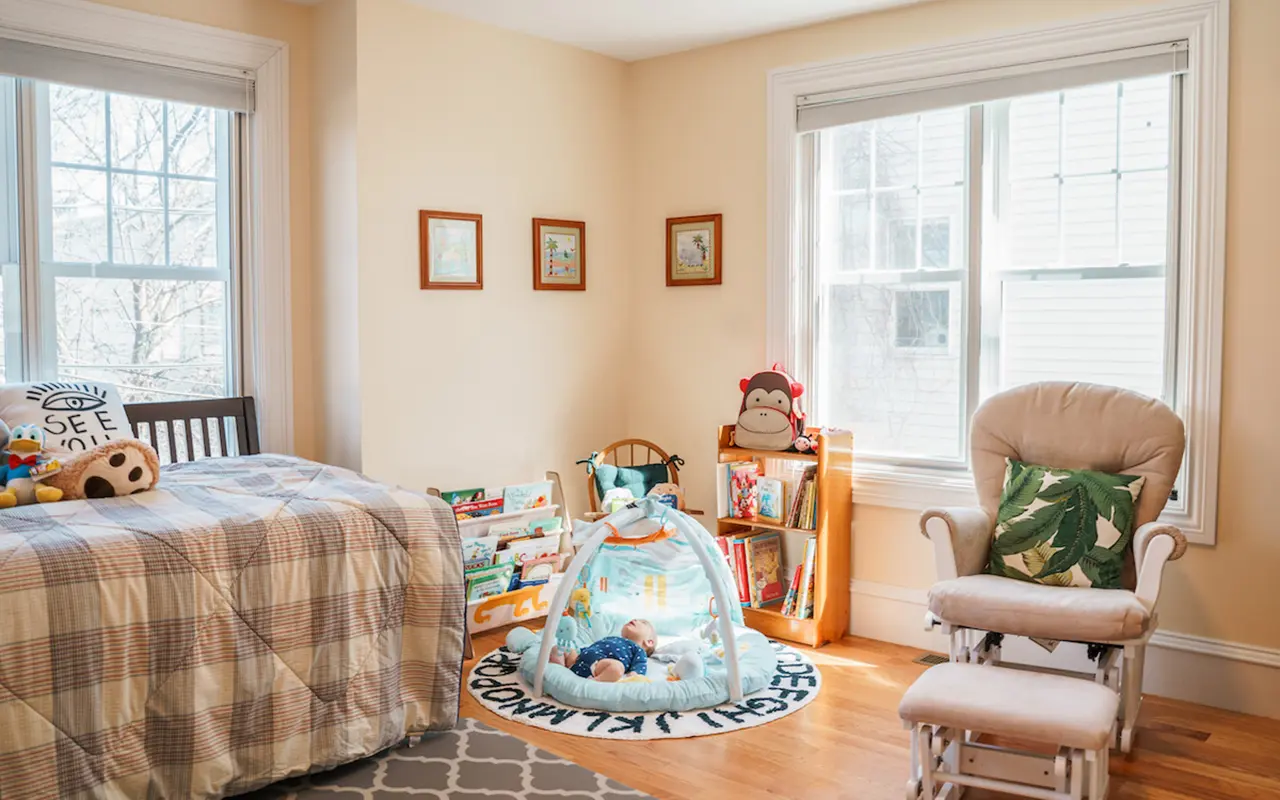
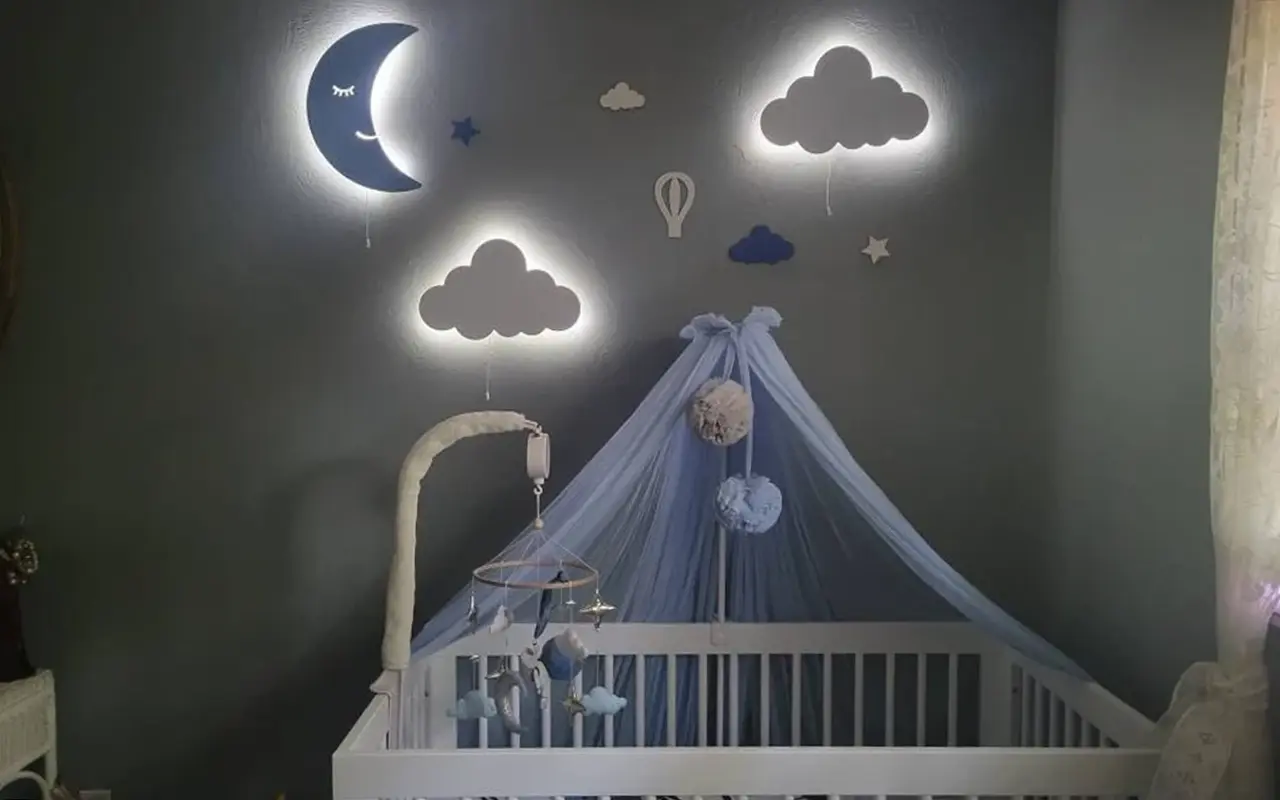
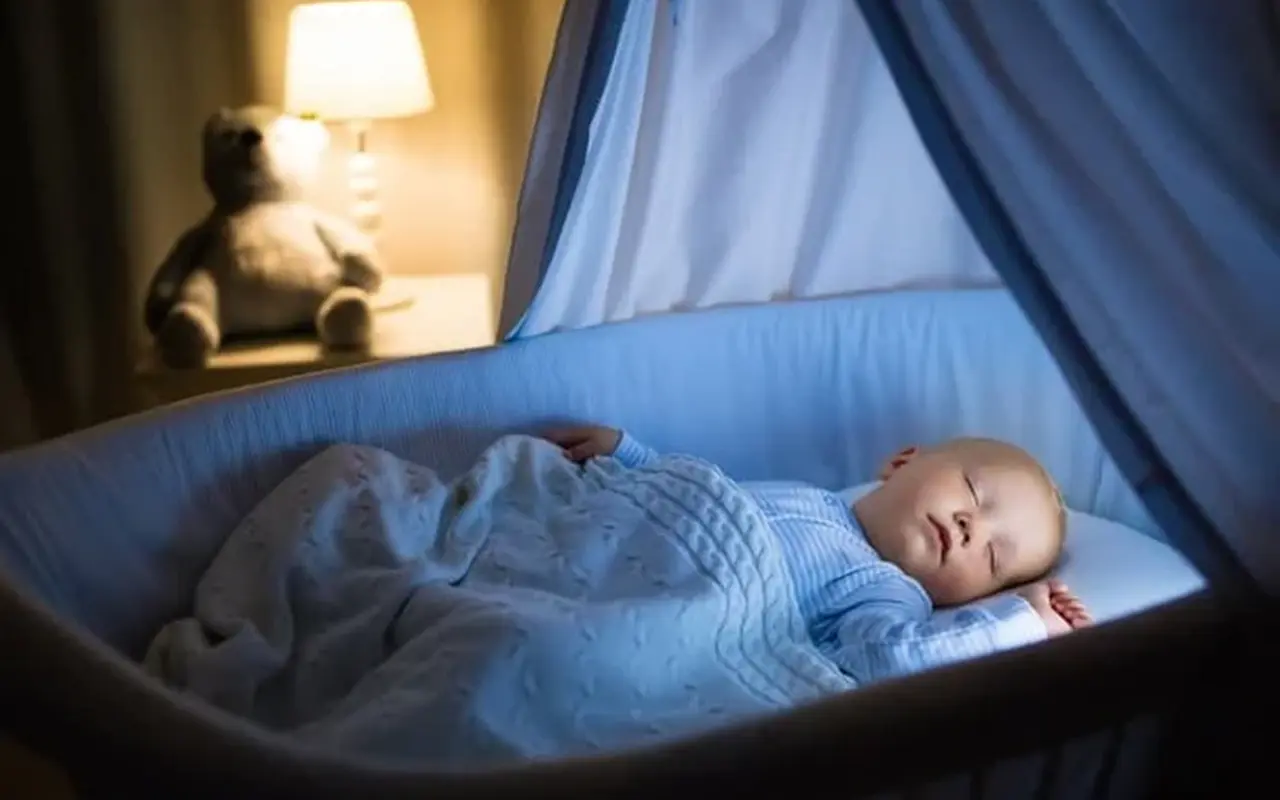
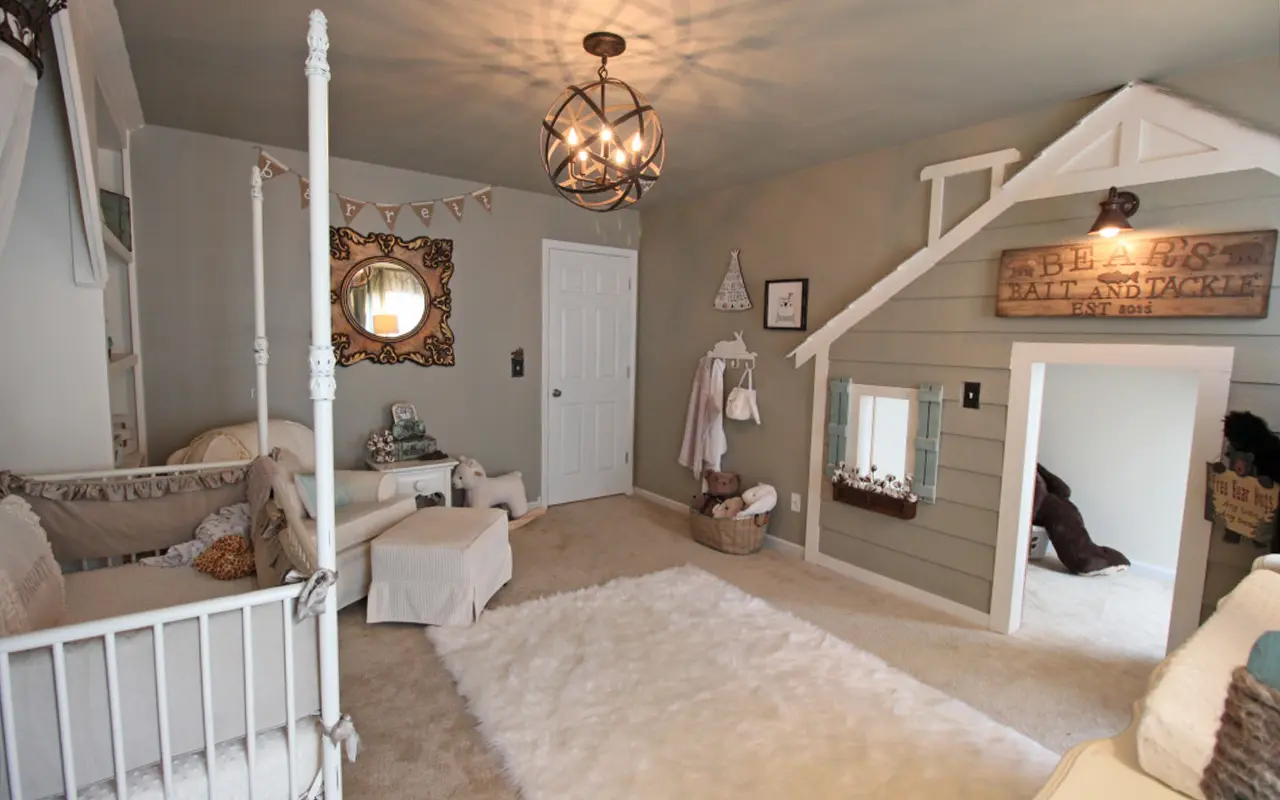
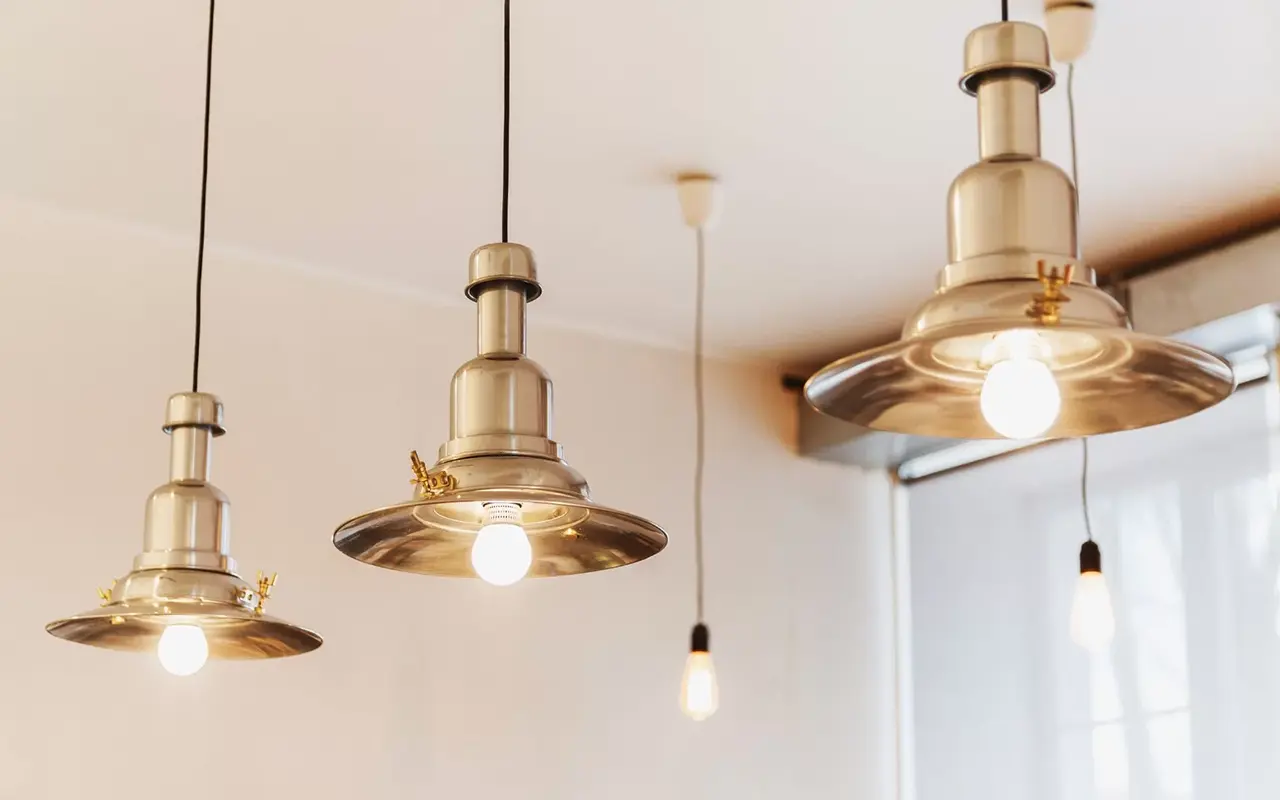
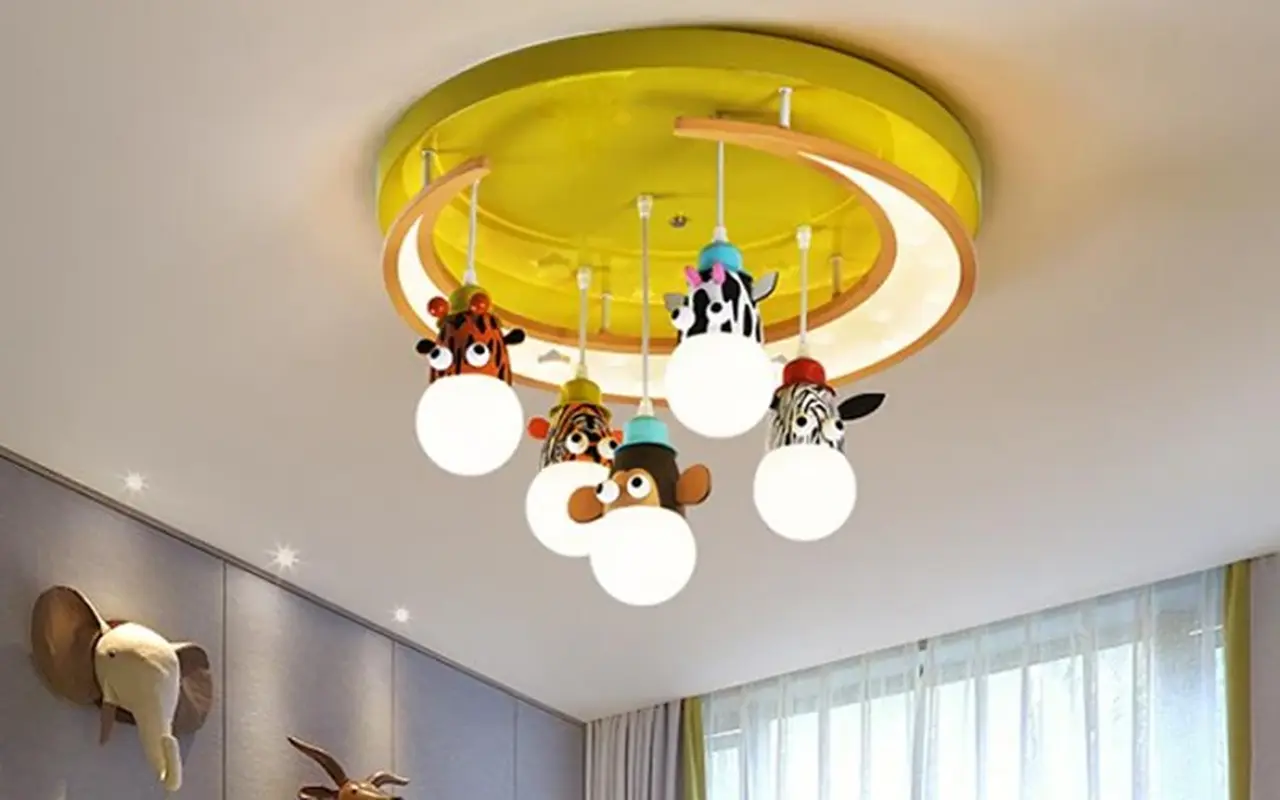

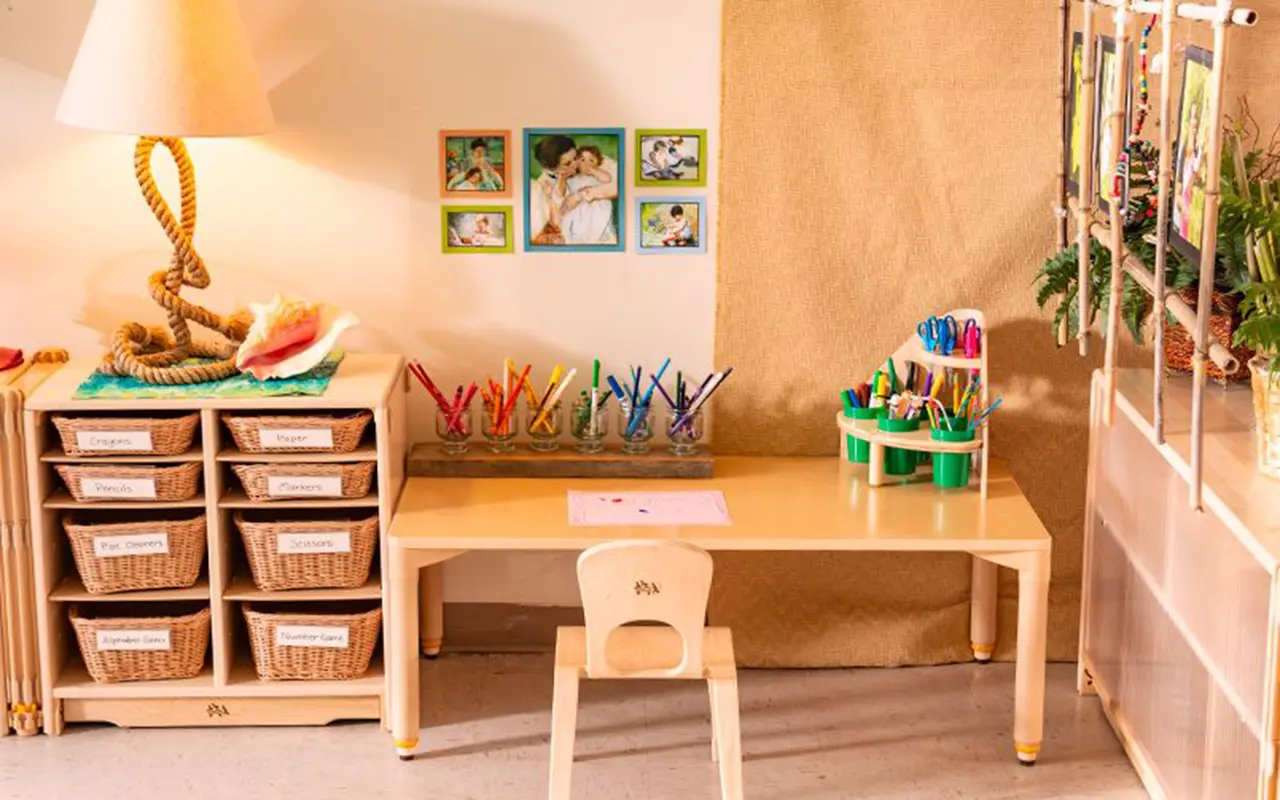
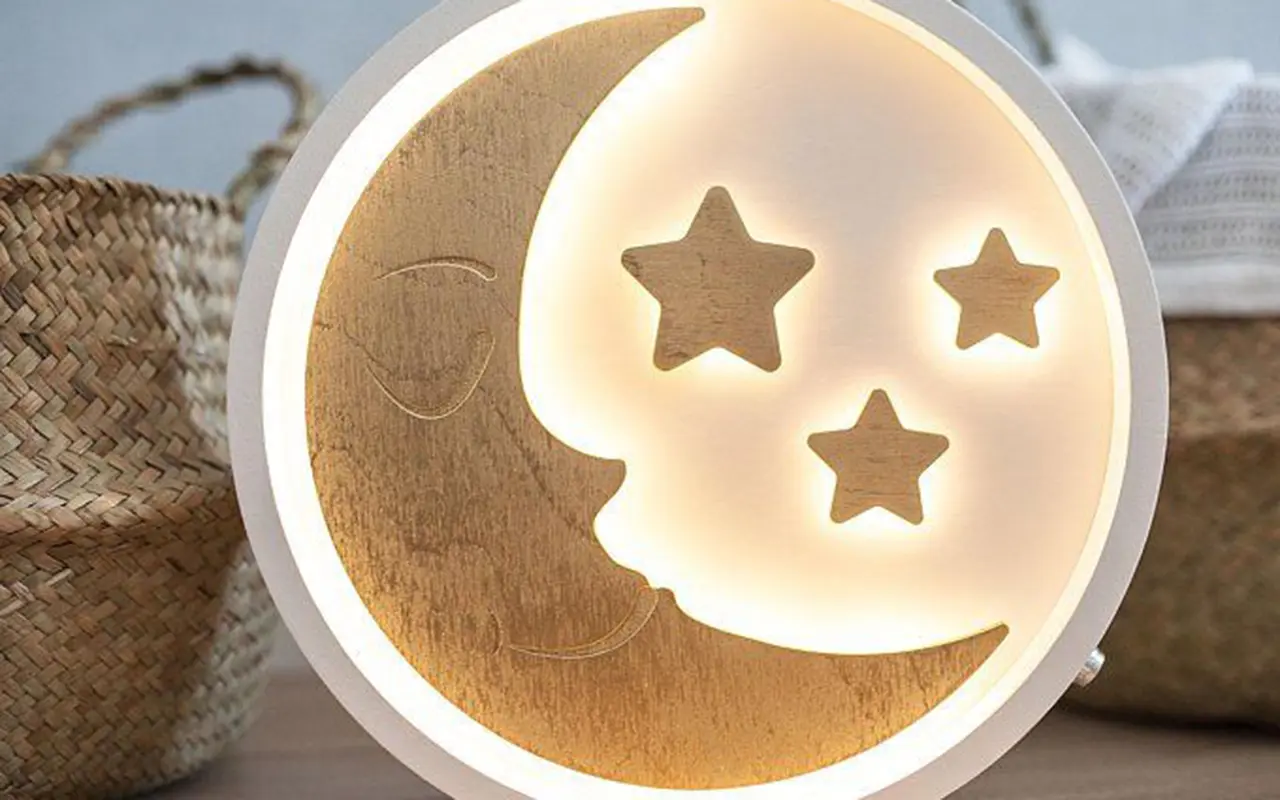
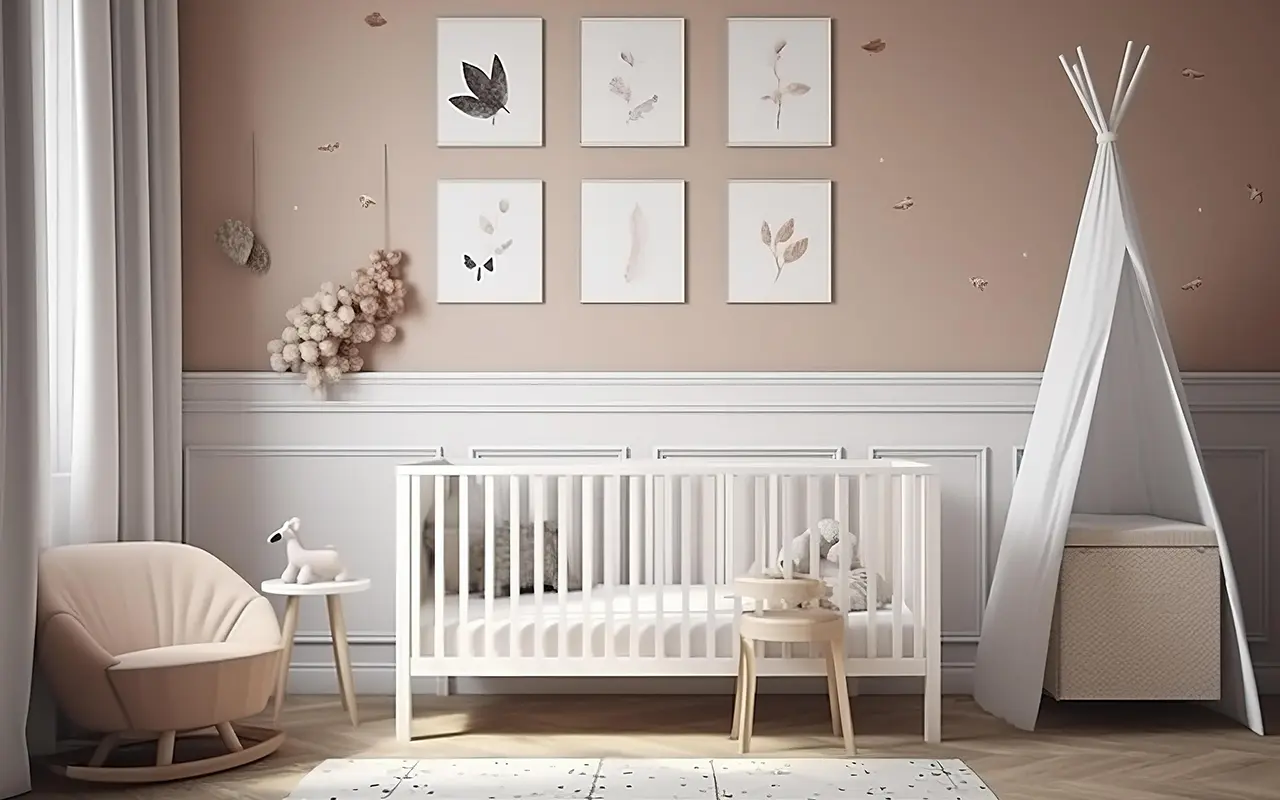

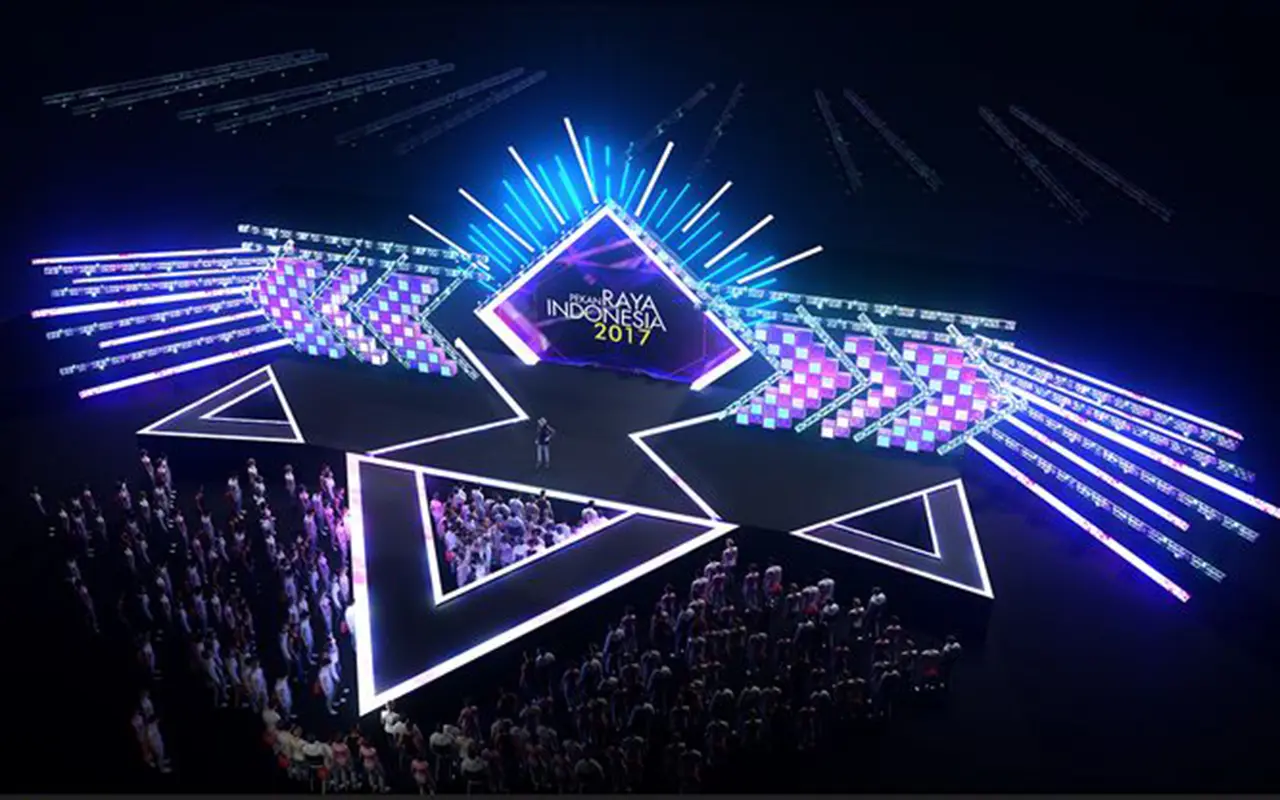
Hagyjon egy választ!
Szeretne csatlakozni a beszélgetéshez?Nyugodtan járulj hozzá az alábbiakban!